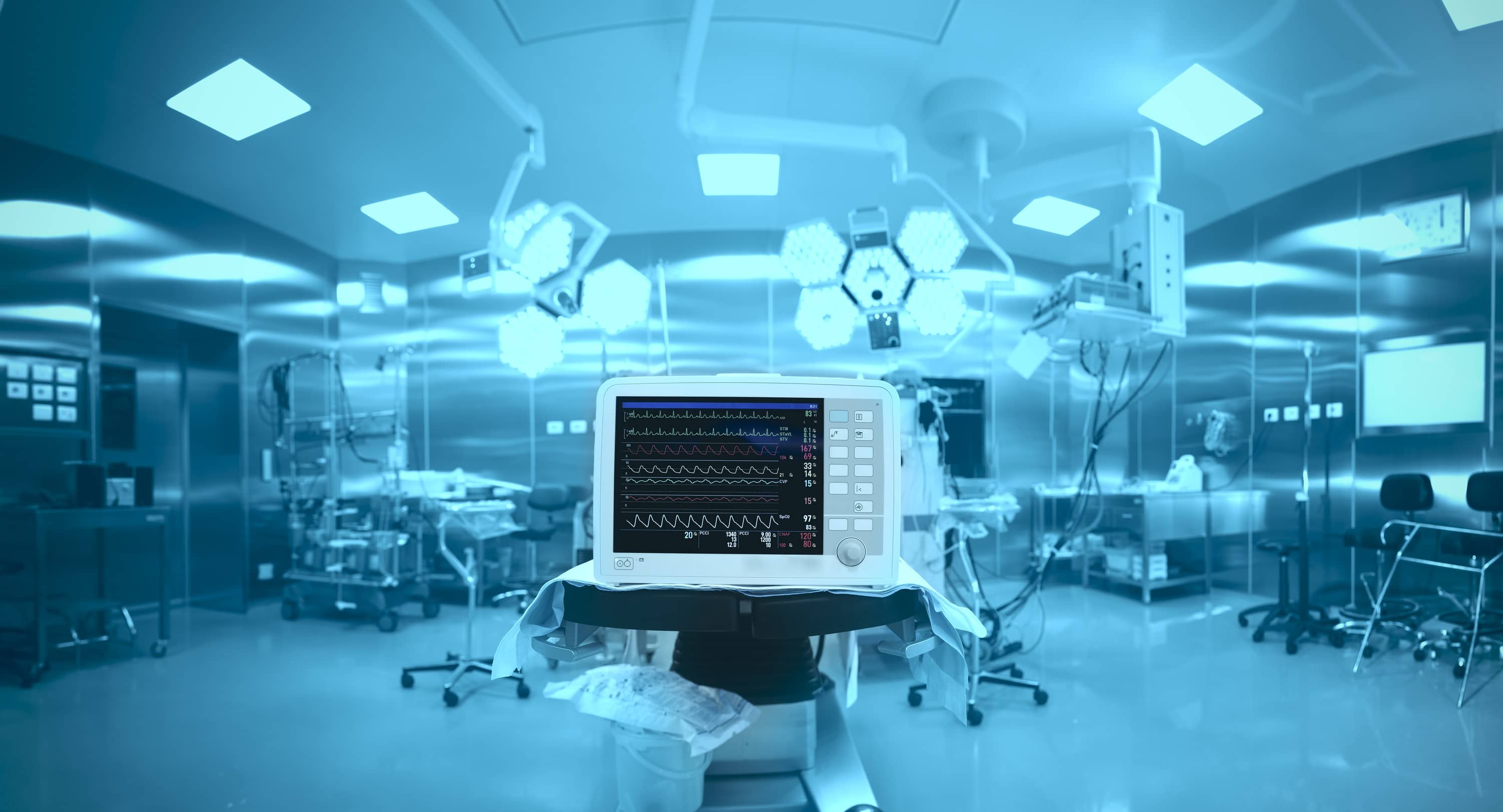
As a newly minted physician, you have defied the odds to gain entrance into a competitive medical school, pored laboriously over textbooks in the library to achieve high scores on the USMLE step examinations, matched into a residency program to further your training, and you have finally received that employment offer from the hospital of your choice! As ecstatic as this moment is, after nearly ten years of continuous work, the next decisions you make could greatly influence the next chapter of your life and career. These career-defining decisions are determined by one singular entity: the employment agreement.
The majority of early-career physicians have yet to negotiate a fair employment agreement, as their schooling and residency programs were likely based on a standardized package that did not differ among matriculants. However, the ability for an employment agreement to vary increases exponentially once you become a physician. How can you be certain that you are being fairly compensated for your hours worked? How do you determine how shifts are assigned to you? What about overtime and call time? Benefits? Each of these items is eminently important to consider before signing on the dotted line and agreeing to begin a career at a new institution. The following will discuss key considerations and best practices for early-stage physicians as they negotiate fair employment agreements with potential future employers.
It is first important to understand that employment agreements (also known colloquially as “offers” in the working world), will vary from workplace to workplace. There are distinct differences between employment agreements made with academic centers, private hospitals, private practices, and clinics. When deciding on a future employer, it is essential to conduct preliminary research utilizing public websites such as Salary.com or GlassDoor.com. Although there are nuanced considerations to be made between employment settings, there are certain factors that are relevant and non-negotiable for the physician to discuss before accepting an offer from any employer.
1. Clearly-defined, set hours[1]
As an anesthesiologist, you must discuss the specific hours you will be working. Be sure to have this discussion prior to even considering getting an ID badge. The surgeries are long, and there may be ward responsibilities in addition to your scheduled shifts. You should therefore be clear on exactly when you are expected to be working, and how soon you will be notified in advance of each shift.
2. Compensation — salaried or hourly?[2]
This section of the employment agreement is relatively self-explanatory. Will you be compensated on a salaried or hourly basis? The answer will likely depend on the type of institution you are working for. The HR department at an academic hospital, for example, may prefer physicians to be salaried so they can also commit to academic duties during the work week. However, in a typical hospital or private practice, hours may be tracked more rigorously, and you may be compensated only for the hours you have worked.
3. Medical malpractice protection[3]
In the modern world of medicine where lawsuits are always a possibility, physicians are at risk for being held liable without adequate legal protections. While hospitals enact every possible safety measure to ensure safe, high-quality surgeries, some mistakes are inevitable. Your hospital or future employer should provide you with a contingency plan in the unlikely event of medical malpractice. Possible protections include insurance plans, set annual funds to be used towards any suits, or an on-site lawyer dedicated to malpractice suits.
To our new physicians — congratulations! You are embarking on an enriching and fulfilling career. Before you charge forth into the world of medicine, be sure to sit down and carefully consider and negotiate each employment agreement. By doing so, you can help ensure that you are well-protected, well-supported, and have the necessary tools at your disposal to succeed as a healthcare practitioner!
Reference:
[1]Kraft, J. “The Final Hurdle: A Physician’s Guide to Negotiating a Fair Employment Agreement”. Department of Anesthesiology and Critical Care Medicine, Children’s Hospital of Philadelphia, Philadelphia, Pennsylvania. Aug 2017.
[2] Oliver, E. “10 statistics on anesthesiologist compensation, benefits.” Becker’s ASC Review. April 2018.
[3] Tan, SY. “Medical Malpractice: Understanding the Law, Managing the Risk”. Hackensack, New Jersey, World Scientific Publishing Company, 2006.




